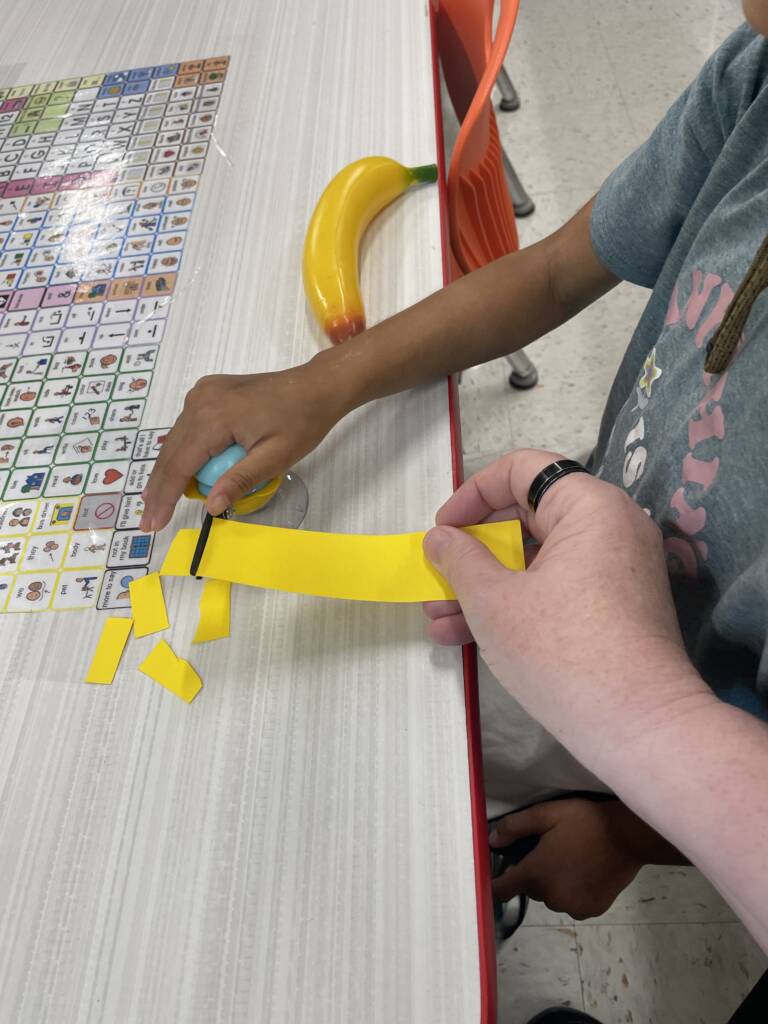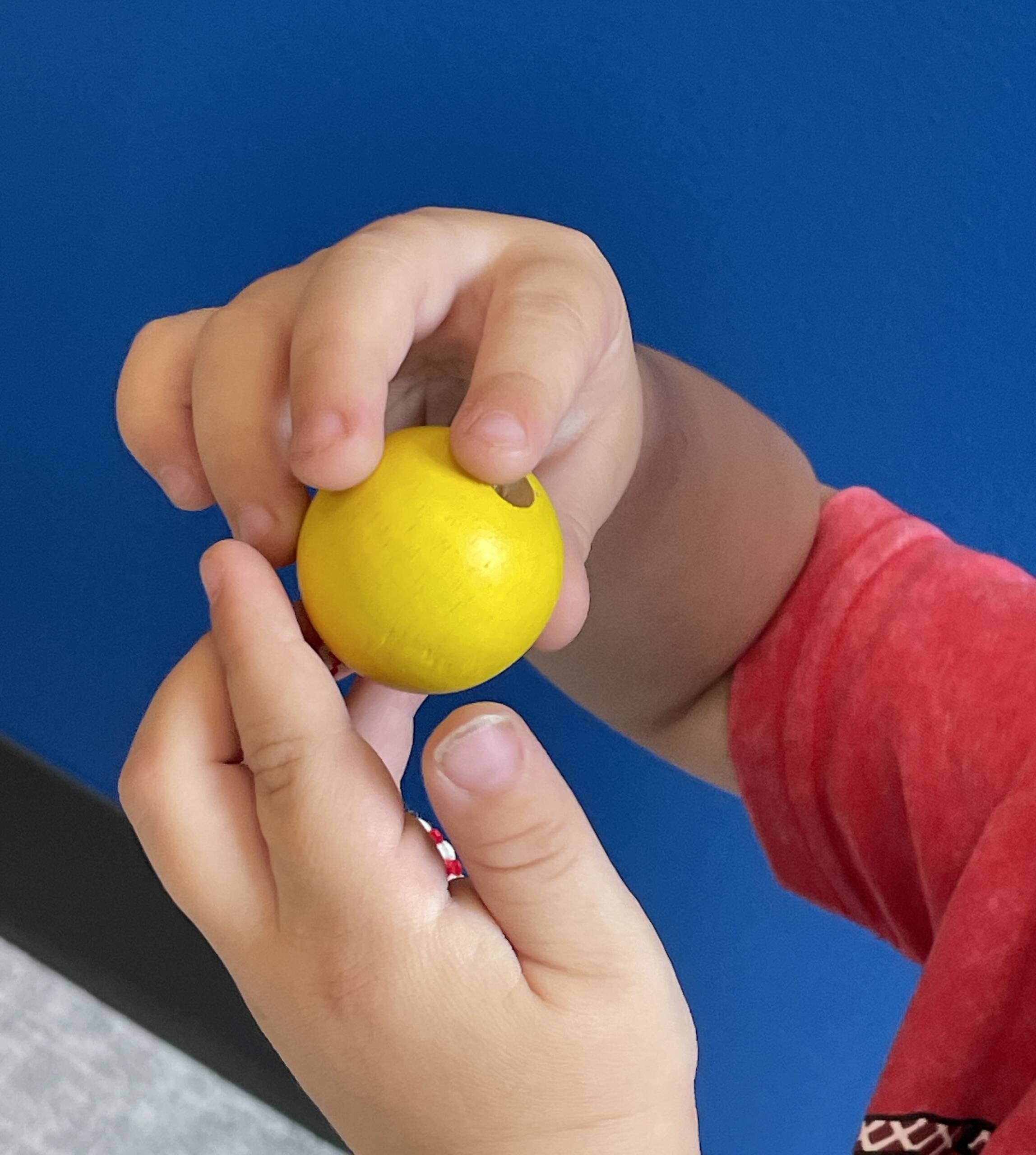As I begin the school year, my focus is to check in with my students to see what skills they retained over the summer, discover any new skills they’ve learned, and note any regression. I do a lot of crafting with my students as a way to support classroom skills such as using scissors, coloring, and organizing materials. This year, I thought it would be more efficient if I created an informal checklist to collect data on these skills instead of relying on handwritten notes. Ideally, I plan for this form to be shared with the other team members and the family.
Let’s take a look at my informal Project Readiness Checklist.
Keep in mind that this is my own informal checklist. I didn’t come up with a name until the first draft of the checklist was completed, after sharing the draft with other TVIs to get their input.
The next four columns were added to collect data on the level of independence the student has with each skill.

Column 1, I listed all the skills that I have worked on over the past few years while crafting with my students.
Column 2 is marked when the student can perform the skill without requesting assistance.
Column 3 is marked when the student can perform the skill with some assistance. One example might be that the student could cut paper but needed help to hold it steady. After testing this checklist out on a few students to see if it was going to work for me, I decided to add an additional column.
Column 4 allows us to indicate any adaptive tools needed to complete the activity.
Column 5 documents that the student has difficulty. In cases where the student requires some assistance even when they have adapted tools, I would select both the third and fourth columns. Column 5 helps me adjust my lessons to try to change from the “can’t do” to another column of independence. This will also guide my conversations with the O&M, OT, Speech Therapist, parent and even the PT. I recently learned a student was able to do a skill at home, but not at school. I was curious about this and began asking questions. The language and student positioning I was using were different. The student was more successful in their wheelchair than in a student chair. Had I not spoken with the parents, I might never have known.

I tried to keep the checklist to a one-page document. Originally it was to be one-sided. That went out the window when I realized my list became longer as I defined the skills a bit more. For instance, I added qualifiers to the skill, “holding a writing implement.” I added bullets for pencil/pen, marker, crayon, paintbrush, and plastic needle.
In the comment section on the bottom of the document, I added the question “Is the student tactually selective?” The answer to this question can impact a lot of what I do. Some of my students are more willing to use playdough, for example, when they have gloves on their hands. Knowing this allows me to continue to work on important skills by removing barriers to accessing the materials I choose to use.

I hope this informal checklist gives you a way to collect data on skill development for your students. If these are skills you haven’t addressed, see if you can select a few and come up with a fun activity that will allow your students the opportunity to practice something new!




